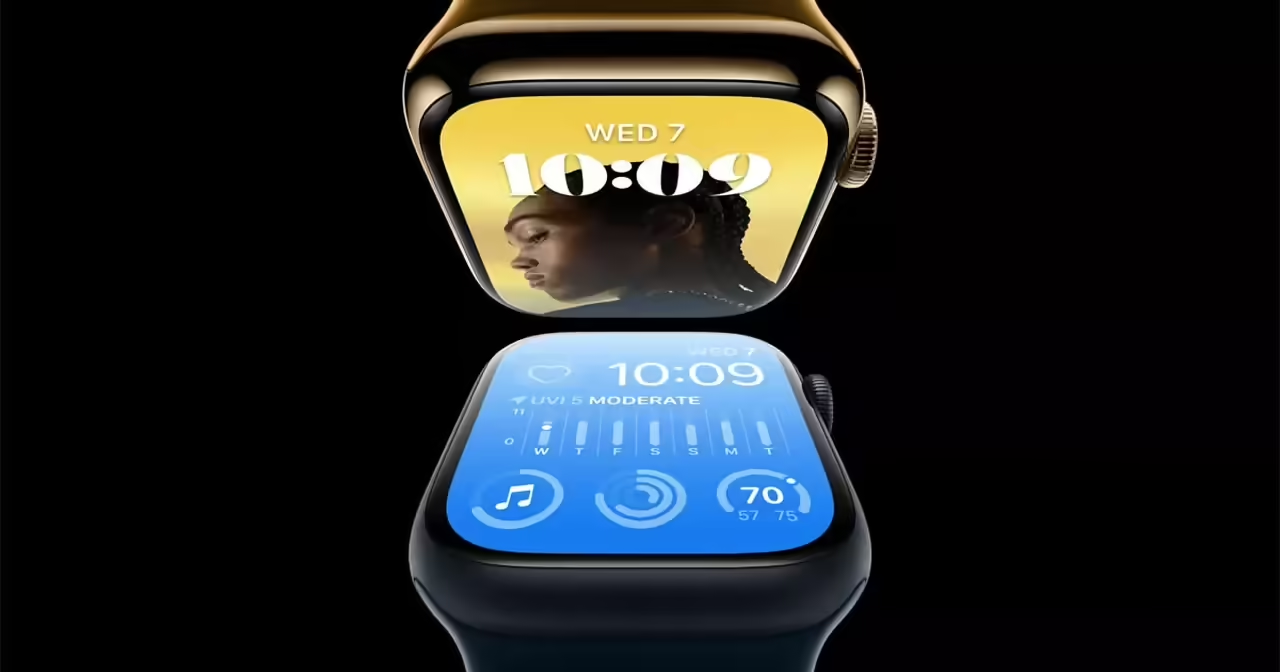manufacturing process of a mobile is outside the knowledge of the consumer. The techniques used are extremely complex and require skilled personnel responsible for each process. We will try to discuss and make a review of the trends that large companies are following in the manufacture of its high-end smartphones. We will focus on two key aspects; the material used and its impact on weight and final sensation.
slim smartphones
The trend we’ve seen in recent years is that mobile phones seem to have settled around five inches. Once the screen does not grow, competition in the design field of their experience for use in hand. The tactile feel and weight become two fundamental factors.
We smartphones in our pockets disappear. The weights are around 100 and a few grams, but oddly enough we’ve come to tell the difference of a few grams. After many hours of use are just differentiating a smartphone balanced one with a weight above the average. Some manufacturers by contrast, decide to sacrifice a few grams to win in other features.Nexus range competes this year with the Galaxy S4. While Nexus4 stayed at 139g, the Nexus5 gets equal that Samsung terminal 130g star, demonstrating that despite the price has been produced in the same league as the others. The HTC Xperia Z One or opt for a more elegant and complete, but that results in body unibody be with a gramitos of more.
G LG Optimus Pro or Samsung with Note2 presented phablets with much higher weights. The screen size is the culprit. Bigger means heavier. But feel particularly light when you consider its size.
This year we have improved even more, getting the LG G2 despite only 143g with 5.2 “or 5 out 168g Note3 7 “. A Samsung amazing job in this regard, which claims that many of those that we had become accustomed to the 4.7″ we spend a phablet although we can not handle with one hand, yes the can hold perfectly.The average range also find very interesting numbers. The Galaxy Mini4 weighs 107 grams with a 4.3 “, 116g improving some years presenting the Galaxy S2 with the same screen size. And if we go to less glamorous manufacturers have even better specs. The Alcatel One Touch weighs 115g with a screen of 4.65 “, and the king in this regard is the Oppo R819 smartphone 110g lighter with a screen of 4.7″. As we shall see then other numbers that are difficult to achieve, but at the finish.
The choice of material
? glass, aluminum or plastic? These are the three main options when it comes to building the outer surface of the mobile. smartphone chassis completely affects the feeling in hand and is one of the main culprits of the weights we have given above.
If we supported mobile on the table or stored in the backpack as it usually is with the laptop (or sometimes with tablets) weight we would not worry, but it is an important consideration when it comes to a device we carry in the hand. Each option has its advantages and disadvantages and their role in the market, see with which we were.
premium aluminum
This material has been met with very positive reviews. The HTC One is the perfect example of smartphone built in aluminum. This material has been available for over a hundred years provides a great feel in the hand. An aluminum has the following features:
- Recyclable
- Lightweight (compared to other metals)
- Hard and resistant
- Nontoxic
- is ductile
- However, because of their problems of extraction is more expensive than the alternatives.
The production line for treating aluminum is a common process to that of the other metals. Model is constructed chassis, cut, are filed and cleaned the edges and used diamond cutting certain surfaces. Once through microscopes and cameras are analyzed detail, the roughness and micro-cuts to make sure the metal look is as polished as possible.
During this process can range from forty days to tens of weeks may arise numerous impurities, which ultimately is what will differentiate the level of quality achieved with aluminum. Many research teams that work to improve the production of this metal, but Laboratory things are going slowly.Polycarbonate plastics boom
The second option is the opposite material. In The Free Android we’ve ever discussed differences between plastic and aluminum. More capacity to absorb heat, slightly lighter and more fragile attributes are most plastics. But remember that there are plastic hundreds of different types. used polyethylene bags until polycarbonate that is chosen by the brands for their phones. We will focus on the latter.
Polycarbonate has several disadvantages, is full of tracks, having a high heat capacity when heated will stay hot longer. But it has a key feature that although the end user does not concern him much, it is vital for manufacturers. Polycarbonate is extremely manageable and moldable.Manufacturers have two options with polycarbonate. On one side of the body unibody option, which is against the battery can not be removed, but that gives it a finished look consistent. For other mobiles are who prefer to build lightweight plastic cases, the results will improve over the years, and surely the end end up giving a similar appearance.
The difference with the aluminum is that the plastic will resist less, but the damage will not be as remarkable. The metal is preferably not be damaged, because when I do it will be much harder to repair. This again puts in the hands of the consumer’s decision on what material to choose, durability versus versatility.Samsung is the leading manufacturer which has been criticized for making cheap plastic, when in fact there are numerous investigations behind. The polycarbonate Galaxy range is a lightweight plastic, well improved and that has nothing to envy the polycarbonate used in Nokia Lumia range. just about bet for lightness and strength others.
plastic production is a market worth billions. In 2012 it generated 3.3 billion dollars, and is assumed to continue rising until at least 2017. It is used in the seats > in some projects NASA, on the helmets of the pilots … polycarbonate is capable of stopping bullets.
Nexus5 was built in plastic too. Google knows that manufacture this material is much easier to do so with ceramics or metals. The postpocresamiento of smartphones polycarbonate requires more technical, but generally are cheaper to process through improvements there. Cost reduction, the weight of the material, together parts faster and with better designs both manufacturers have a large leeway in the post-processing of plastic.
Glass Reinforced
Sony is the manufacturer who has opted for the Glass on your smartphone star. The Xperia Z is constructed of glass, surrounded by a water-repellent film. Unlike the Nexus and others, Sony has decided to dispense with and go for a similar solution.
Dragontrail is made from 0.5 up to 5.0 mm allowing its use for a variety of applications including the manufacture of Xperia Z. This technology, coupled with the method of processing the glass allows the smartphone withstand a wide range of temperatures, although we fear that in not reach such extremes.
Focusing on , we see that there are initiatives like the costing ten times the Gorilla Glass 3. This is a major constraint when betting on a material and few manufacturers can afford.
Other materials
Finally, we can not name the other materials that also build a smartphone. Emphasizes the Kevlar , a synthetic fiber with a similar resistance to plastic but with greater flexibility and tension and was used successfully in the Motorola Droid RAZR and Droid RAZR Maxx.
Other material is carbon fiber, with the which Samsung introduced a partnership with a research group dedicated to her. The carbon fiber is three times more resistant than metal, weighing much less. But back to the same problem we have the vast majority of materials, its manufacturing cost is very high. For example Apple invested in a material called LiquidMetal, but eventually realized that they serve only to improve your SIM card reader. A very limited application to come out profitable.
We must not give up to try and improve these new materials, some may ultimately emerge as an alternative to glass, plastic or aluminum we have today.Playing with design
The elements are the elements, and every smartphone has to find his way to take advantage of the good attributes and try to mend the disadvantages of the chosen material. The use of covers help, but it is in the design lies the key to try to balance the weight of the material and finishing. Our smartphones have increasingly thin edges and rounded edges, slightly curved surfaces or well-balanced weight along mobile is a must when designing a device.
Modifying the chassis
One of the strategies that manufacturers like Samsung have been used to enhance the feeling of polycarbonate is the application layer that mimic other materials. Take the case of Note 3 and its imitation leather in the back, idea already had the Blackberry Bold 9000 This not only affects the feeling, but the final weight of the device.
Aluminum meanwhile also accept modifications, but these are industry-wide, not just a final added to the chassis. Anodizing, stamping, polish, add a layer of electrostatic painting, or electroplating. Changes to industrial level for modifying aluminum and improve the process.
external Limitations
We have an extra problem much we can change the material. The material’s inherent attributes can not change, and here the fact that the aluminum is a conductive material occurs to create a Faraday Cage, guilty of antenna problems and coverage of many smartphones. And related to this is the new standard for wireless charging , where the plastic is much more viable. Details that even though the metal is a premium material makes us think twice go for it.
internal Limitations
Sites like iFixit show us how everything from the processor to the sensor picture, which is one of the culprits of our smartphone not so fine, is shrinking. We already have batteries such as Sony, which with a capacity of 7000mAh weigh only 198 grams. Comparing the external battery is as heavy as Note2, with a capacity for a tablet more appropriate than for a smartphone. Fortunately, the battery weight is not everything.
The energy density with the Li-Ion batteries (the most common) is the headache of engineers. Works to be this increase and to compact in the same space capacity but within these chemistry remains the same, so it is needed to improve this new patent. One possibility being investigated is using electrolytes to improve this density.
The internal circutería smartphone is composed of the touch panel display, internal components, the motherboard contains the GPU, memories, audio and video decoders, USB drivers .. battery and battery cover. Not all manufacturers control the size of these components, as it is they who make them.
This is a little dilemma, because in the end the options available to manufacturers to reduce the final weight of the device passes get a perfect assembly. Optimize, reduce the size and efficiently assemble.
Construction is made to the way PoP, package on package. Or you could say as build several layers at once. Modeling technologies have greatly improved, allowing you to control the temperature, pressure, stiffness and size of the components with nanometer precision.
Of these components, the screen is calling the shots. On the one hand there is three-layer modeling, and the other is integrated screen and multitouch panel. This has meant that in recent years has advanced much thinner smartphones or has gotten more space for larger batteries.
Before
variables limited choice of new equations
As seen innovation ideas come from when assembling, building and seeking alternatives to traditional materials. One such alternative is graphene is always the talk of the processes of creation, but so far only been achieved small advances in the field of building layer by layer.
We have not talked at any time of tablets. The size of the pieces played a key role. The screen will be so small that smartwatch will find methods applicable when it comes to a smartphone. The flexible mobile oblige aluminum alternatives to what the market will tend toward lightness again at the expense of toughness. The competition will be based on a scale quality / weight.
The Kindle weighs 170g with a 6 “screen, the Paperwhite Micromax 215g with LTE and has the record of lightest touch mobile 3G in the world with only 55g. 5 170g kindle a screen 6 “. Alternatives exist, and it is possible that future smartphones lighter style than we see today.
good engineering for us here is the alliance between the choice of the right material, with a good job of processing and assembly. Is cheap plastic? Is aluminum inelastic?
We are in a world of portable devices, and weight is a limiting feature. We have forgotten as discmans became mp3s. lightness is always welcome, and although we are on the verge of getting the optimal weight is still much work to do.How light is very light?
The Free Android








